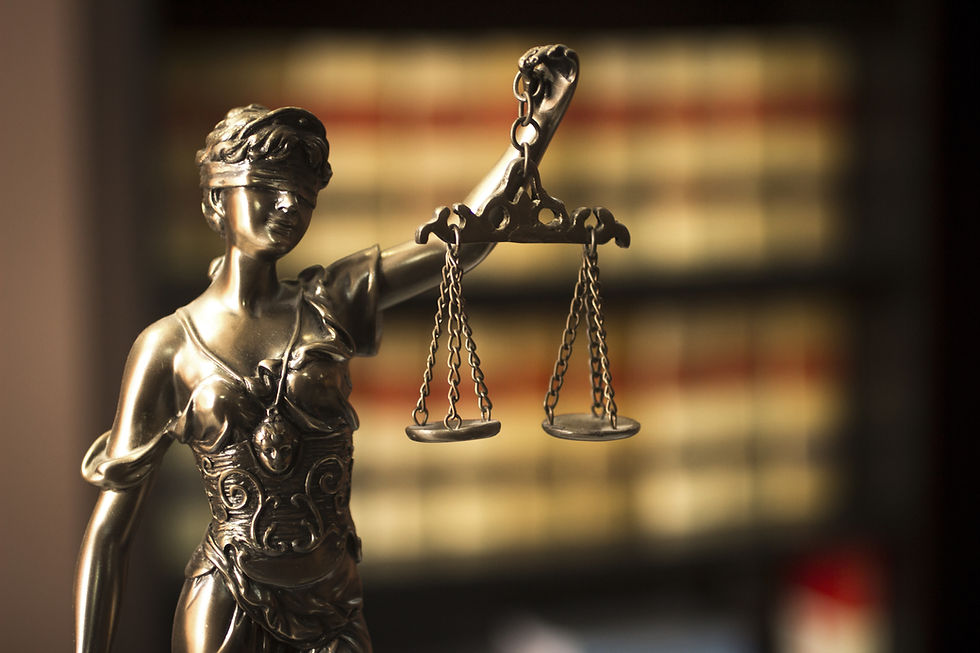Understanding the Difference Between a Felony and a Misdemeanor
- Law Offices of Michael E. Moyer

- Dec 24, 2024
- 2 min read

When someone faces criminal charges, the offense is typically categorized as either a felony or a misdemeanor. These classifications have significant implications for the severity of the punishment, the legal process, and even the long-term consequences for the individual. Understanding the key differences between these two types of charges is essential for anyone navigating the criminal justice system.
What Is a Felony?
A felony is the most serious category of crime and is punishable by more than one year of imprisonment. In some cases, felonies can result in life sentences or even the death penalty, depending on the jurisdiction and the nature of the offense.
Examples of Felonies
Murder
Rape or sexual assault
Robbery
Arson
Drug trafficking
Grand theft
Consequences of a Felony Conviction
Felony convictions often come with severe penalties, including:
Longer prison sentences (typically served in state or federal prisons).
Hefty fines.
Loss of certain civil rights, such as voting or owning firearms.
Difficulty finding employment or housing due to a criminal record.
What Is a Misdemeanor?
A misdemeanor is a less serious crime than a felony and is typically punishable by less than one year of imprisonment, fines, community service, or probation. Jail time for misdemeanors is usually served in local or county jails rather than state or federal prisons.
Examples of Misdemeanors
Petty theft
Public intoxication
Disorderly conduct
Vandalism
Simple assault
Trespassing
Consequences of a Misdemeanor Conviction
While less severe than a felony, a misdemeanor conviction can still result in:
Short-term imprisonment.
Fines or restitution payments.
A criminal record that may impact job prospects or professional licensing.
Key Differences Between Felonies and Misdemeanors
Aspect | Felony | Misdemeanor |
Severity of Crime | High | Moderate to low |
Punishment | Over one year in prison, larger fines | Less than one year in jail, smaller fines |
Examples | Murder, robbery, drug trafficking | Trespassing, petty theft, disorderly conduct |
Impact on Civil Rights | Can result in loss of voting or firearm rights | Usually does not impact civil rights |
Court Process | Often involves grand jury indictments and lengthy trials | Typically resolved more quickly |
Can a Crime Be Both a Felony and a Misdemeanor?
Some offenses, known as “wobblers,” can be classified as either a felony or a misdemeanor based on factors such as the circumstances of the case, the defendant’s criminal history, and the discretion of the prosecutor or judge. For example, a theft charge could be a misdemeanor if the value of the stolen property is low, but it may escalate to a felony if the value exceeds a certain threshold.
What to Do if You’re Facing Criminal Charges
If you’ve been charged with a felony or misdemeanor, it’s crucial to seek legal representation immediately. An experienced attorney can help you:
Understand the charges against you.
Build a strong defense.
Negotiate plea deals or reduced charges.
Protect your rights throughout the legal process.
Understanding the difference between a felony and a misdemeanor is vital for grasping the potential consequences of criminal charges. Felonies carry harsher penalties and long-term effects, while misdemeanors are less severe but still impactful. Regardless of the charge, consulting with a qualified attorney can make a significant difference in the outcome of your case.
If you’re facing criminal charges and need guidance, reach out to a legal professional to discuss your options and take the first steps toward protecting your future.



